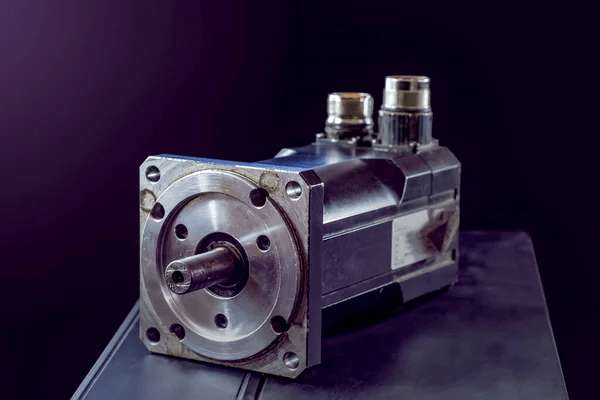
Servo motors are crucial components in many types of machines because they help control movement with precision. To ensure they keep functioning properly, it’s important to perform regular maintenance. This involves frequently inspecting them for any signs of wear or damage, cleaning off any dirt or debris that could interfere with their operation, and ensuring that all moving parts are properly lubricated. Keeping the motors well-maintained can help prevent breakdowns and extend their lifespan.
Let’s take a closer look at some of the strategies you can use to protect your servo motors.
Understanding Servo Motor Components
Before we dive into maintenance, let’s understand the key parts of a servo motor.
- Rotor: This is the rotating part of the motor, often containing magnets.
- Stator: The stationary part of the motor, typically with windings.
- Controller: The electronic device that controls the motor’s speed and position.
- Feedback device: This device (like an encoder or resolver) tells the controller the motor’s position.
- Power supply: The source of electricity for the motor.
The Importance of Environment
The location where you install your servo motor can significantly impact how long it lasts. It’s important to avoid placing it in areas with extreme temperatures, as too much heat or cold can affect its components. High humidity can lead to rust or corrosion, which may damage the motor over time.
Also, placing the motor in areas with constant vibrations can cause excessive wear and tear on its parts, leading to reduced performance or even mechanical failure. Choosing a stable, moderate environment will help ensure the motor runs efficiently and lasts longer.
Troubleshooting Common Issues
Sometimes, your servo motor might act strange. Here are some common problems and how to fix them:
- Motor won’t move: Check the power supply, controller settings, and for any physical obstructions.
- Motor is noisy: This could be due to worn bearings, misalignment, or excessive load.
- Motor is overheating: Check for obstructions in the cooling system or excessive load.
- Motor is losing accuracy: This could be due to a faulty feedback device, controller issue, or mechanical problems.
Creating a Maintenance Schedule
To keep your servo motors running smoothly, create a maintenance schedule. This should include:
- Daily inspections: Check for any obvious signs of damage or unusual noise.
- Weekly inspections: Clean the motor and check for loose connections.
- Monthly inspections: Lubricate the motor if necessary, and test its performance.
- Quarterly inspections: Perform more thorough inspections, including checking for wear on bearings and other components.
Professional Maintenance
While you can do much of the maintenance yourself, it’s a good idea to have a professional inspect your servo motors periodically. They can check for problems that you might miss and provide expert advice.
Remember: Preventive maintenance is key to keeping your servo motors running smoothly. By following these tips and creating a regular maintenance schedule, you can extend the life of your motors and avoid costly repairs.
Let ACS Help Keep Your Servo Motors in Tip-Top Shape!
Knowing how to maintain servo motors can be tough, but you don’t have to do it alone. At ACS Industrial Services, we specialize in preventative maintenance and repair services for industrial equipment.
With over 20 years of experience, ACS is a leading industrial repair service provider when things break. We repair many different components of machinery across various makes and models. We provide a rapid turnaround time. Most repairs are back in your hands within 7-15 days, with our Rush Repair Service typically shipping in just 3-5 days.
When you choose us, you can expect real people, honest work, and accurate results. We showcase the dirty, gritty work aka magic that gets electronics back up and running. Contact us for a FREE evaluation and a no-obligation quote, or call (800) 605-6419.
